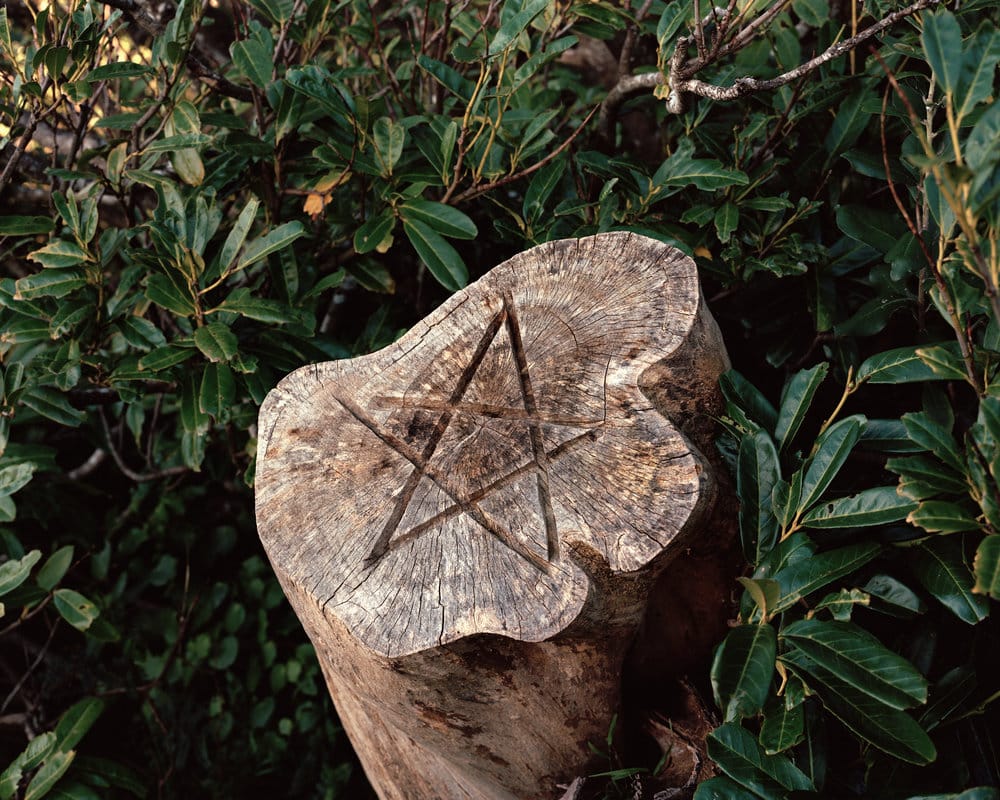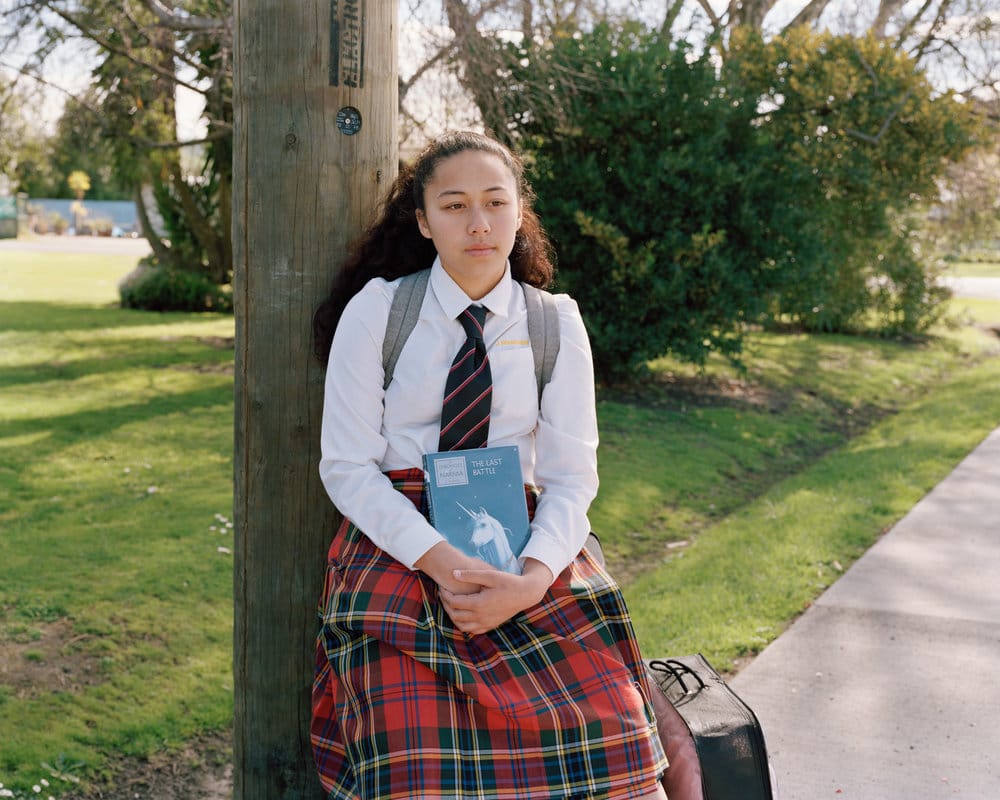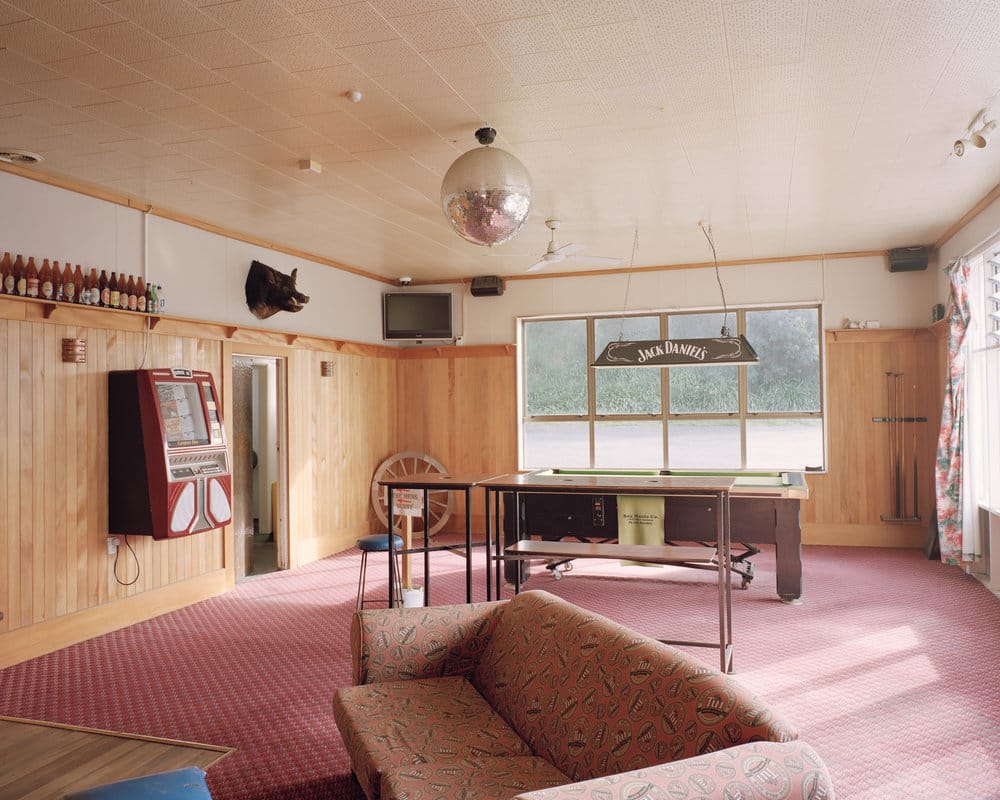Harry Culy on Antipodean Gothic

1. First of all, many of us haven't hear of the Antipodean Gothic - what makes that tradition? What sets it apart or makes it unique?
I guess when you hear the word gothic, most people think of vampires, haunted houses all that stuff, kind of old school European gothic. The Antipodean gothic is New Zealand’s and Australia’s take on the genre. It’s a slippery thing to define but to me the gothic takes something familiar and skews it so it becomes unfamiliar. Freud called this the ‘uncanny’. New Zealand and Australian gothic traditions share many characteristics with other types of gothic, but we have been influenced by our own circumstances- for example the fact that the antipodes are islands in the middle of nowhere means our version of gothic is different. The gothic here has seeped into all sorts of places- film, clothing, music, art, vernacular architecture. More than anything it’s a feeling of being unsettled, of uneasiness, anxiety, which is kind of simultaneously pleasurable and not at the same time.
2. Why are the Antipodes good settings for Gothic stories and Gothic art?
I think it’s because New Zealand is supposed to be such a nice place - people from overseas see it as some kind of utopia. It is, in many ways, a pretty beautiful place, but that’s why it kind of so good for gothic stories - the juxtaposition between the extreme natural beauty and the weird stuff that goes on too. Underneath that stuff there is and this big dark shadow down under which comes out through our culture.
An example of this could be Heavenly Creatures (which is based on a true story) – it starts of kinda like a normal coming of age story about two teenage friends growing up in New Zealand in this sort of picturesque setting, but then they begin to plan the murder one of the girl’s mother! The contrast between beautiful and the grotesque, the mundane and violent, that stuff really riffs well with the Antipodean gothic.
Secondly, I think our isolation kind of produces some strange stuff. Just observing everyday life in small towns, you can come across all sorts of amazing and weird stuff. We have large areas of unpopulated/uncultivated areas (the outback of Australia for example – where an amazing Australian gothic film ‘Wake in Fright’ was set) – I think people always have some kind of anxiety about the unknown, or the so those sort of places are perfect places for gothic fantasies to take place.
 3. What's the specific attraction of Gothic work to you?
3. What's the specific attraction of Gothic work to you?
I spent a large part of the last 10 years living outside of NZ (where I’m from) and when I came back I realised that New Zealand is actually a pretty strange and amazing place. I think I was subconsciously drawn to the gothic. I have always been interested in horror movies, and books about crime and that kind of thing – so when I got back I started getting into all the ‘gothic’ stuff we have here in NZ and also in Australia. Like I recently listened to this podcast about David Bain called Black Hands, A young guy in Dunedin who murdered his whole family. I don’t exactly know why I’m interested in that stuff… I have spent a lot of time going down the rabbit hole, researching, reading books, watching films, looking at ‘gothic’ kind of painting and art - looking at some ideas behind gothic - like the post-colonial discourse. I guess I’m drawn to the feeling it gives me - especially with the mundane everyday life. You can investigate all that scary stuff without but also be detached from it and in control of it too.
4. Much of European Gothic art tends to be highly dramatic - stories of monsters, of internal deceit, of corrupt families, dark secrets, foreboding buildings and pathetic fallacy - is that also present in the Antipodean Gothic, or are there alternative preoccupations and presentations?
There seems to be a wide gamut in the antipodean gothic tradition, from the dramatic (films like Wolf Creek ) to the subtle (for example Lawrence Aberhart who photographs everyday New Zealand places and buildings ‘like a crime scene’). All those things (monsters, secrets, foreboding buildings) still find a way into the art or have found modern counterparts here. For example, the classic haunted castle in European gothic might become a suburban house in antipodean gothic (like in the NZ movie Scarfies). All the examples you gave come from the same place I think- we just have different ways of representing them here – they all come from a fascination with the darker side of the human psyche maybe? I also think we have a specific self-deprecating form of humor here too (Flight of the Conchords, The Castle, Kath and Kim). New Zealand and Australia are both colonial countries, so that dark history of colonialism seeps into the art and film and stuff here I think that is a key pre-occupation. Another main idea is alienation and isolation and the dark side of the New Zealand or Australian dream.
 5. How does looking at an older movement like the Gothic inform your working process and its end result?
5. How does looking at an older movement like the Gothic inform your working process and its end result?
I just take it as a starting point and use the ideas to explore everyday life in my own country – I think that it may be an older movement the underlying ideas can be applied to contemporary life too. I work in a pretty traditional way - on a tripod with a large format camera which gives everything an unnatural sense of stillness. I try to use elements that I am attracted to from other kinds of gothic art and apply it to my work- mystery, a sense of both familiar and unfamiliarity, the concepts behind stuff, the history of the places I photograph etc. I try to mix the familiar with the unfamiliar – which can be as subtle as an expression on a face or whatever. I think photography is inherently linked to the gothic- taking scenes from the real and fixing them to paper, playing on the real and the image of the real. I think even though its an older movement it can still be relevant, as long as we live in a world where people do bad stuff, gothic art can be used to explore those ideas.
6. Gothic art is often pre-occupied with the landscape, how do Gothic views of the New Zealand landscape differ from that of the Maori?
Antipodean gothic art is often concerned with a kind of ‘haunted landscape’- a place where traces of violence and bad things have happened. Every shadow might be hiding something. I think that New Zealand gothic has previously been understood mostly through a pakeha (white) lens, I think that comes from the guilt of being part of a culture that has brutally colonised a particular place. Although now there are more maori and aboriginal artists who work with aspects of the gothic too.
Maori have an idea of kaitiakitanga (stewardship) towards the where-as I feel the western view of land is as a commodity to be used for economic gain. Maori and Australian aboriginal culture tends to look at the land more as a living thing, which I think is a healthier way of looking at the land than something to be used for our convenience… but im not an outwardly political person. I like that about the antipodean gothic, you can use it as a more light hearted way to look at serious issues.
 7. Could you share with us some stories or famous works from the Antipodean Gothic?
7. Could you share with us some stories or famous works from the Antipodean Gothic?
Antipodean Gothic starter pack:
Films: Wake in Fright, Mad Max, Picnic at Hanging Rock, Heavenly Creatures, Brain Dead, Bad Boy Bubby, Scarfies, The Scarecrow, The Piano, Muriels Wedding, The Castle, Out of the Blue.
Artists: Colin McCahon, Lawrence Aberhart, Yvonne Todd, Paul Ryan, Noel Mckenna, Andrew Ross, Daniel Unnvericth, Ann Shelton, Allan MacDonald, Arthur Boyd, Gavin Hipkins, Andrew Ross.
Music: Roland S Howard, The Chills, Chris Knox, Nadia Reid, Aldous Harding, Marlon Williams, GOD, The Clean, Low Life, Tiny Ruins, Kane Strang.